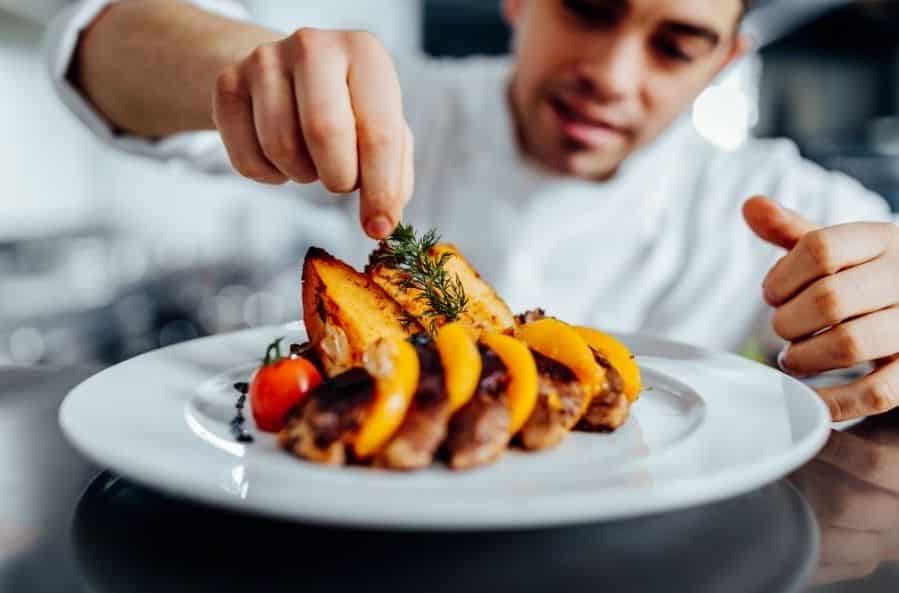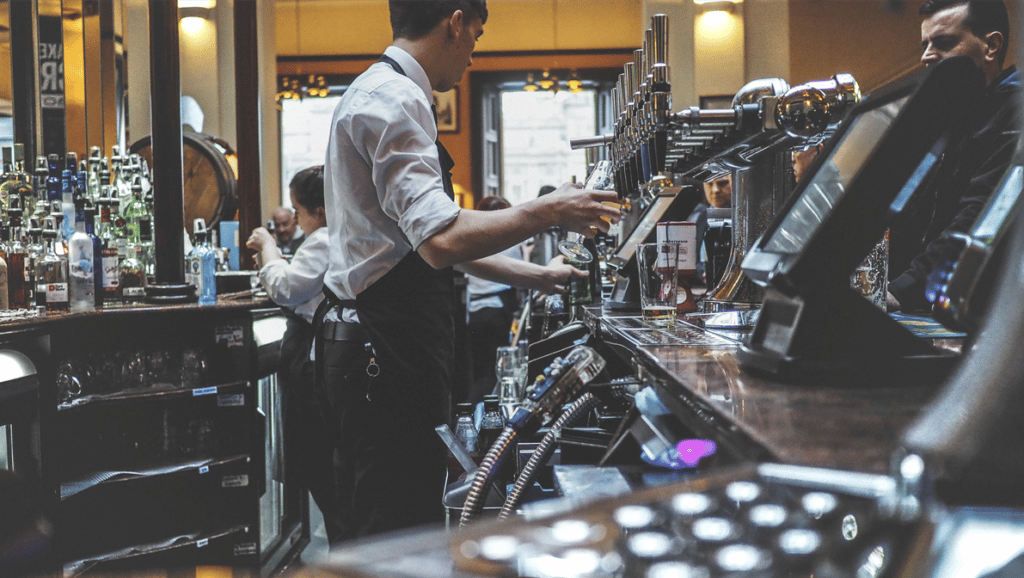This article was written by Tony Smith, Chief Executive Officer and a Co-founder of Restaurant365 and featured in QSR.
When you misjudge ordering or overspend on food cost, it directly affects your bottom line. Customized forecasting based on historical data helps you improve restaurant operations by reducing food costs over time.
The restaurant business is hard. With perishable ingredients and fluctuating sales, controlling food costs has always been challenging. After two years of pandemic impact, it has become even more of a struggle for many operators now battling rising food costs as well.
According to the National Restaurant Association’s recently published State of the Restaurant Industry, nine in 10 operators say their total food costs (as a percentage of sales) are higher than they were prior to the COVID-19 outbreak. And most operators don’t expect profitability to improve in 2022. Only about one in four operators think their restaurant will be more profitable this year than last. One in three expect to be less profitable in 2022.
When you misjudge ordering or overspend on food cost, it directly affects your bottom line. However, there are 10 strategies for controlling food costs that you can apply to your restaurant business operations.
1. Build a data-driven culture
Champion leaders collect, analyze, and use data constantly, communicating its importance across the organization. Everyone must be focused on data as a crucial part of the business, making it easily accessible and establishing clear goals and guidelines for its use. With this structure in place, the entire team will be able to find small opportunities that can add up in a big way.
2. Closely manage your inventory
Restaurant inventory management monitors what ingredients come into your restaurant, what is leaving, and what is left over. Inventory tracking is an essential restaurant task—with more efficient food, beverage, and supply orders, you are saving money and adding to your bottom line. Accounting for potential areas of inventory loss such as wait staff errors, kitchen waste, or incorrect preparation can be time consuming, but necessary.
3. Make CoGS review part of your daily restaurant inventory routine
Cost of goods sold (CoGS) represents the total cost of all food and beverage ingredients used in your restaurant over a particular period. Gone are the days when this was calculated once-a-week. Reviewing CoGS daily gives managers the ability to spot rising costs and adjust appropriately or better plan for the upcoming days by ensuring the kitchen doesn’t overorder any ingredient that may be wasted.
4. Forecast sales year-round
Customized forecasting based on historical data helps you improve restaurant operations by reducing food costs over time. Using past sales data—customized by location and period—to predict upcoming sales helps managers make better inventory decisions and smarter prep quantities, creating less food waste and optimizing labor costs.
5. Use inventory tracking to reduce waste
One of the most direct ways to reduce food cost is to avoid purchasing what you don’t need. With data-driven ordering, informed by historical and forecasted sales and inventory data, you and your managers are better able to purchase inventory at the right level to reduce order waste.
6. Cost out recipes
Recipe costing breaks down the cost details of menu items to portion size and individual ingredients, calculated to the penny. Tracking each menu items’ recipe cost can help you optimize food usage and reduce food waste over time. With trends broken down by menu item or location, you can use recipe costing to save money by reducing incorrect portions, improper staff training, or employee theft.
7. Price menu items properly
Menu engineering helps you control food costs by helping you maximize the profitability of your menu items. By seeing what items are underpriced or overpriced, you can make food cost decisions about revising recipes or ingredients.
For instance, if you are selling a large quantity of a low margin item, which increases your food cost percentage, you can make adjustments to either raise the menu price or adjust portion sizes. Menu engineering also enables you to seize menu opportunities, like promoting a menu item that is high margin but low sales. Understanding the balance of menu item popularity and profits enables data-driven decisions that lower the cost of food.
8. Track variances between actual vs. theoretical food costs
Tracking the difference between your theoretical and actual food costs allows you to make impactful changes to your food cost and bottom line. Theoretical food cost is what your food costs should be, given the current cost of all ingredients, over a period of time. Actual food cost is the real amount that a restaurant spent on ingredients over the same period of time. The difference between these two numbers accounts for imperfect portion sizes, improper invoicing, kitchen waste, or employee theft.
Tracking the actual vs. theoretical food cost variance shows you critical information about leaks in your profit margin. Tracking this variance daily can help you spot anomalies and make adjustments before variances become issues that affect your bottom line.
9. Train, train, and re-train staff to focus on ways to reduce food costs
While it’s essential for restaurant accounting and leadership teams to focus on reducing food costs, it’s impossible without buy-in from frontline staff. The first step is to ensure store-level managers are trained to lead the effort. They must understand actual versus theoretical food costs (AvT), first-in/first-out (FIFO) storage, ordering at the correct levels and reducing waste, errors, over portioning, and theft, and be able to consistently remind the entire kitchen staff of the importance of each.
10. Ensure transparency and accuracy in vendor contract price
Vendor-side changes or errors in ordering and invoicing can be difficult to catch and fix, but they can affect your food cost percentage. By running automated receiving reports, you can keep an eye on vendor pricing and flag items outside of a contracted price for a specified data range, ensuring that you’re being billed at the quoted price.
Controlling food costs in restaurants is essential to the health of your restaurant business. Although there are many methods for a restaurant owner to consider, the 10 strategies above will help you start controlling food costs and improving your restaurant business operations.



